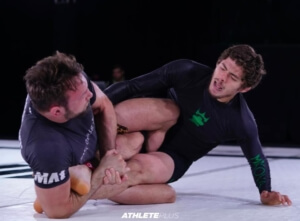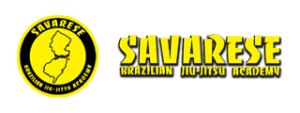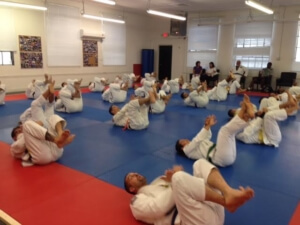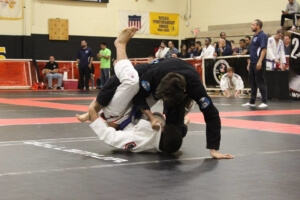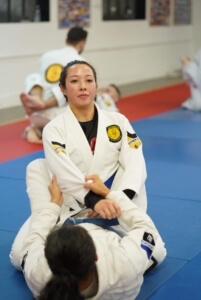Double Trouble Leglock attacks
Double Trouble Leglock attacks
I went over this after class w/ Dan and Elion after class monday night so I decided to blog about this attack for our advanced students. Double trouble: When it comes to joint locks, here is a an axiom that once learned and understood, will make a big difference to your performance. WHENEVER YOU GO TO BREAK A LIMB DURING A COMPETITIVE MATCH, NINETY PERCENT OF THE RESISTANCE WILL COME FROM THE ACTION OF THE OTHER LIMB. This is true for both arm locks and leg locks. If you try to break the left arm, most of the initial resistance will come from the holding action of the right arm. If you go to break the right leg, most of the resistance will begin with the movement, blocking, or locking of the left leg. As such, whenever we get into position to break a limb – WE HAVE TO BE READY TO CONTROL AND SHUT DOWN THE EFFECT OF THE OPPOSITE LIMB. If you can do this you will immediately create twice as much danger to your opponent (double trouble) than if you only focus on the limb you’re trying to break. Learn to CONTROL an opponent as you move towards the joint lock by controlling BOTH limbs, and then learn to manage the transition to the isolated single limb when it’s time to BREAK him – if you can do this, you will become a dangerous joint locker indeed. Here, Craig Jones uses the principle of double trouble to tie up an opponent and then brilliantly managed the transition from two legs to one so he can generate the pressure required at championship level against the toughest opponents to get the win. Make the principle of double trouble part of your submission mindset and double your effectiveness.